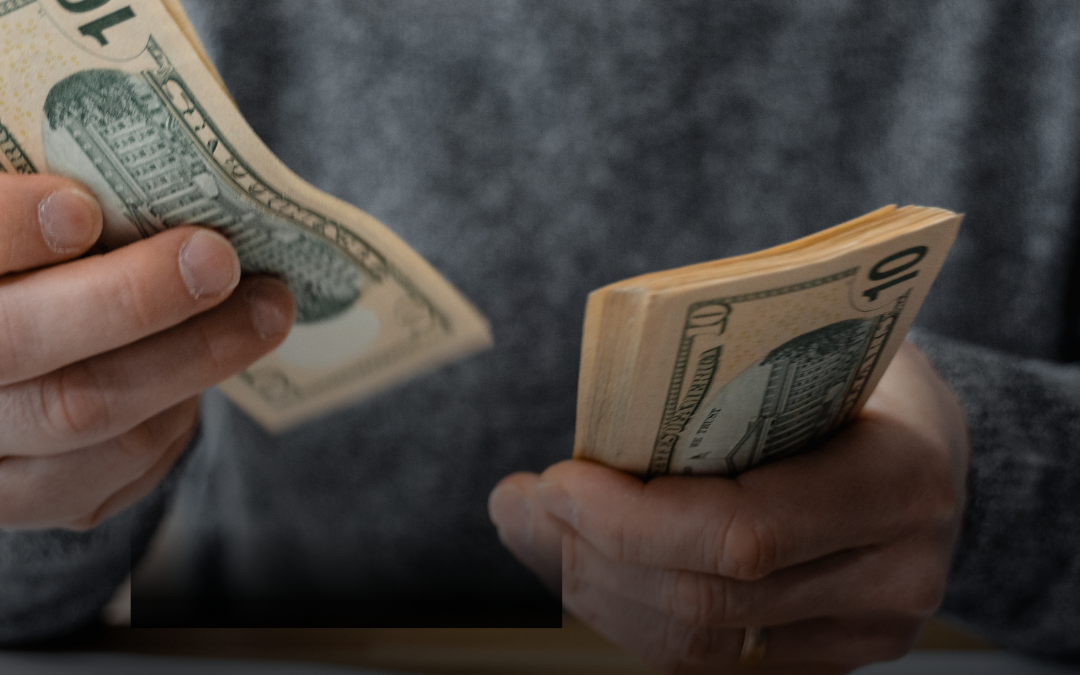Forget bank CD rates for a moment. If you want more interest, look at something under your nose: the bank account you use to collect a paycheck and pay bills.

Chances are you are earning something in the neighborhood of zilch on your liquid assets. You can fix this. You can get 4%.
Below are four remedies to pick from—one of them, interestingly, coming from a bank that participates in the usual checking robbery. Alongside those recommendations, you will see tips on protecting your money from thieves.
The problem: You need a pile of cash to cover checks and other debits, a pile big enough to eliminate the risk of a bounced payment. If your bounce-proof sum averages $15,000, $600 a year in potential interest is leaking out of your pocket. With a bit of effort, you can capture this interest.
Each of the four solutions has two parts. You set up a transaction account that has a fairly low balance and attach to it an investment account that holds a large sum. The large pot goes into either a money market mutual fund or an exchange-traded fund that acts like a money market.
The transaction account does most of the things you expect from a bank. It takes in electronic payments of paychecks, Social Security benefits and the like; it makes electronic disbursements for utility bills, full payment of credit card balances and the like; it can be used to send money electronically to a tax collector or another financial account.
The investment account holds most of your short-term assets. It could also hold all of your other stocks and bonds.
We’re talking about taxable accounts here. Retirement accounts are a different ball of wax. Also, the discussion is aimed at people who pay off credit card balances in full. If you carry a card balance, seek advice elsewhere.
